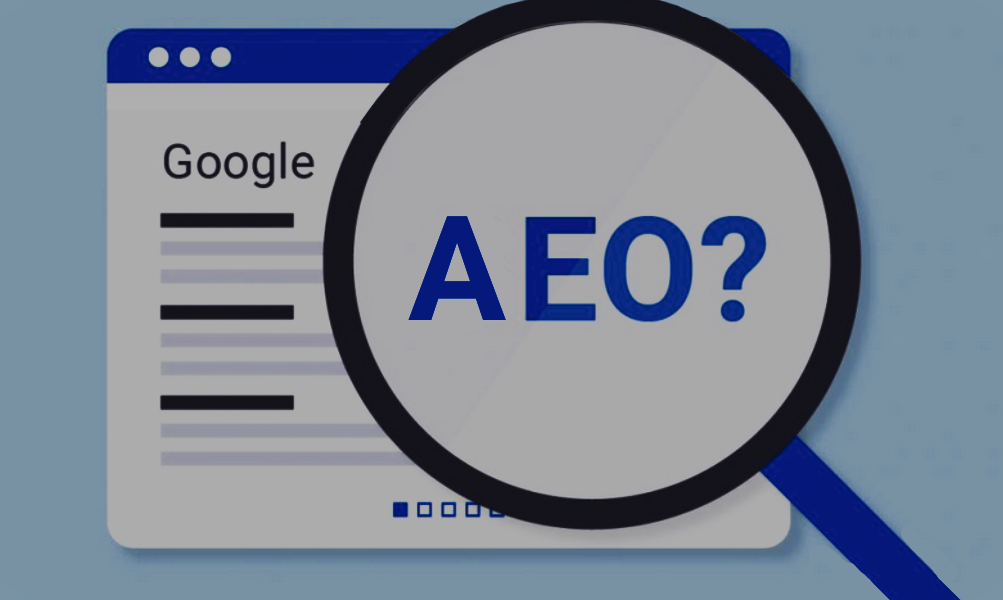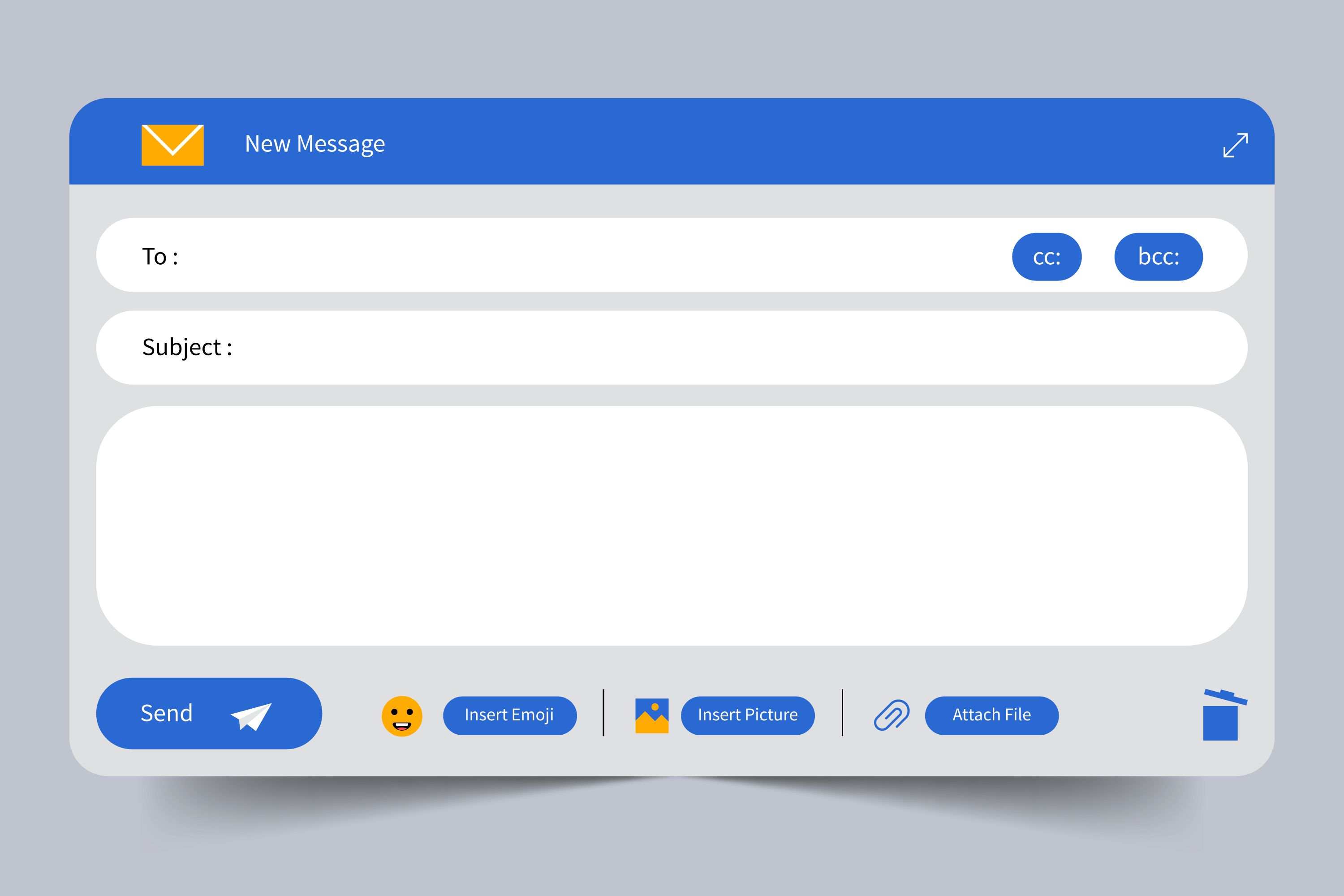Written by M-Ahmed
Monday, September 30, 2024 at 1:47 PM
Discover the essential skills and steps to become a data scientist in 2024. Learn programming, data manipulation, machine learning, and more in this beginner-friendly Data Science roadmap.
Introduction: What is Data Science?
In today's world, data is everywhere. From social media to e-commerce, data powers the systems we interact with daily. But what is data science? Simply put, data science is the practice of analyzing large amounts of data to uncover patterns, make decisions, and predict future trends. It combines techniques from statistics, mathematics, and computer science to transform raw data into actionable insights.
If you're new to the field, this guide will walk you through the data science roadmap—the essential steps and skills you need to become a data scientist. Whether you're a student, professional, or simply curious about the field, this roadmap is designed to make the learning process clear and achievable.
Step 1: Understand the Basics of Data Science
Before diving into the technical skills, it's crucial to grasp the fundamental concepts of data science.
- What does a data scientist do?
A data scientist collects, processes, and analyzes large data sets to solve business problems. They use various tools and programming languages to turn raw data into meaningful information. - Why is data science important?
Businesses use data science to make better decisions, improve customer experiences, and stay competitive. It helps companies understand their audience, optimize processes, and even predict future trends.
Step 2: Learn Programming Languages
One of the first skills you’ll need to acquire on your data science journey is programming. The two most popular languages in data science are Python and R.
- Python
Python is widely used because of its simplicity and versatility. It has libraries like Pandas, NumPy, and Matplotlib, which are essential for data manipulation, analysis, and visualization. If you’re just starting, Python is a great choice. - R
R is another powerful language used mainly for statistical analysis. While it's not as versatile as Python, R is popular among statisticians and researchers.
Tip: Start with Python since it’s beginner-friendly and widely used in the industry.
Step 3: Understand Data Manipulation
Once you're comfortable with a programming language, the next step is learning how to work with data.
- Pandas (Python): This is a go-to library for manipulating structured data (like tables). It allows you to load, clean, and modify data efficiently.
- SQL: SQL (Structured Query Language) is essential for accessing and managing data in databases. Almost every company stores its data in some kind of database, so learning SQL is crucial.
Real-World Example: Imagine you’re working with a large dataset of customer information. You might use SQL to retrieve relevant data and Pandas to clean and analyze it.
Step 4: Master Data Visualization
Data scientists must be able to present their findings in a way that’s easy for others to understand. This is where data visualization comes in.
- Matplotlib and Seaborn (Python): These libraries help create graphs, charts, and plots to visually represent your data.
- Tableau: This is a popular tool for building interactive dashboards and reports. It's widely used by companies to share data insights with decision-makers.
Tip: Visualizing data helps people see patterns and insights that are difficult to spot in raw data.
Step 5: Dive Into Statistics and Probability
Data science relies heavily on statistics to make sense of data. While you don’t need to become a statistics expert, understanding the basics is essential.
- Key concepts to learn:
- Mean, median, mode
- Standard deviation and variance
- Probability distributions (normal, binomial, etc.)
- Hypothesis testing
Statistics help data scientists understand how data behaves and how to make predictions based on that data.
Step 6: Learn Machine Learning
Machine learning is a critical component of data science. It involves creating algorithms that allow computers to learn from data and make predictions or decisions.
- Supervised learning: Algorithms like linear regression, decision trees, and random forests fall into this category. In supervised learning, the algorithm learns from labeled data.
- Unsupervised learning: Algorithms like k-means clustering and principal component analysis (PCA) work on data without labels.
- Deep learning: For more advanced data science, you might explore neural networks and deep learning frameworks like TensorFlow and PyTorch.
Tip: Start with supervised learning algorithms and gradually move to more complex topics like deep learning.
Step 7: Practice With Real-World Data
Learning theory is great, but the best way to solidify your knowledge is by practicing with real-world data. Here are a few ways to do that:
- Kaggle: A platform where you can find datasets and participate in data science competitions. It’s an excellent place to apply what you've learned.
- Open Datasets: Websites like UCI Machine Learning Repository, Google Dataset Search, and Data.gov offer free datasets for practice.
Example: Pick a dataset that interests you—such as sales data, social media data, or weather data—and try to find insights or make predictions from it.
Step 8: Develop Soft Skills
While technical skills are important, don’t overlook the importance of soft skills in data science. Effective data scientists need to:
- Communicate clearly: Being able to explain complex findings to non-technical stakeholders is crucial.
- Problem-solve: Data science is all about solving real-world problems. You'll need a curious mindset to investigate and experiment with data.
- Collaborate: Data scientists often work in teams, so being able to collaborate with engineers, product managers, and other stakeholders is vital.
Step 9: Build a Portfolio
As you gain skills, start building a portfolio to showcase your work. Include projects that highlight your ability to analyze data, build models, and visualize results. You can host your projects on platforms like GitHub or create a personal website to share your work.
What to include:
- A description of the problem you solved
- The tools and techniques you used
- Visualizations of your results
- A link to your code
Step 10: Stay Updated
Data science is a rapidly evolving field. New tools, techniques, and algorithms are constantly emerging. Here are a few ways to stay updated:
- Follow industry blogs and podcasts: Websites like Towards Data Science and podcasts like Data Skeptic can keep you informed.
- Take online courses: Platforms like Coursera, Udemy, and edX offer updated courses on the latest data science techniques.
- Network with other data scientists: Join online communities and attend data science meetups to learn from others and stay connected.
Conclusion: Your Journey Starts Here
Becoming a data scientist is a rewarding but challenging journey. This roadmap provides a clear path, but remember, everyone’s journey is different. Focus on building your foundational skills first—learn programming, statistics, and data manipulation—before diving into more complex topics like machine learning.
With practice, persistence, and curiosity, you’ll find yourself well on your way to a successful career in data science.
Good luck!
Frequently Asked Questions (FAQs)
- How long does it take to become a data scientist?
It varies based on your background and how much time you can dedicate. For most people, it takes anywhere from six months to two years. - Do I need a degree to become a data scientist?
While a degree in a related field can help, many data scientists come from non-traditional backgrounds. Online courses and certifications can also help you gain the necessary skills. - What’s the most important skill for a data scientist?
Problem-solving and critical thinking are key. While technical skills can be learned, being able to approach and solve data problems creatively is invaluable.






